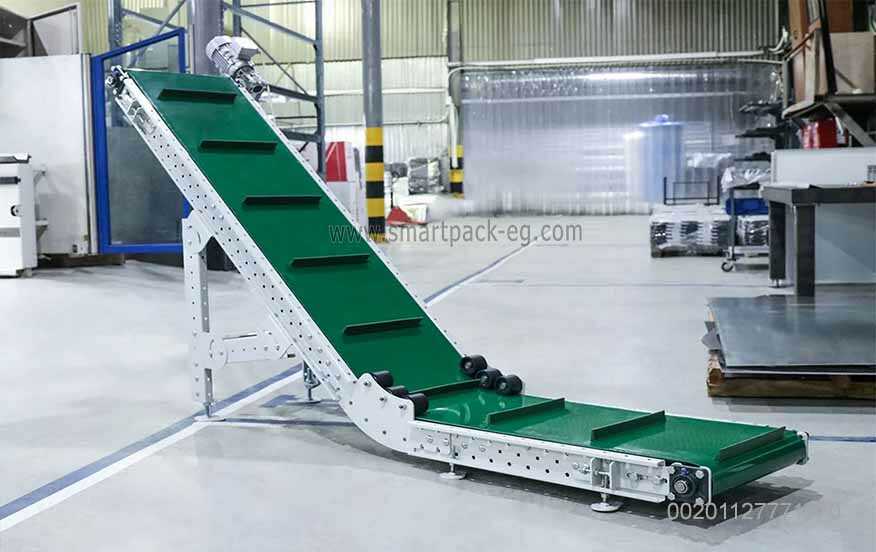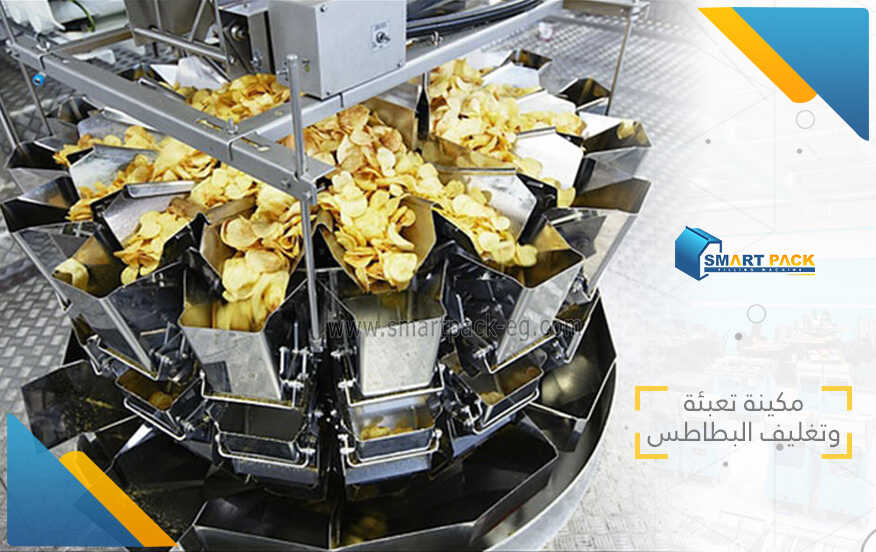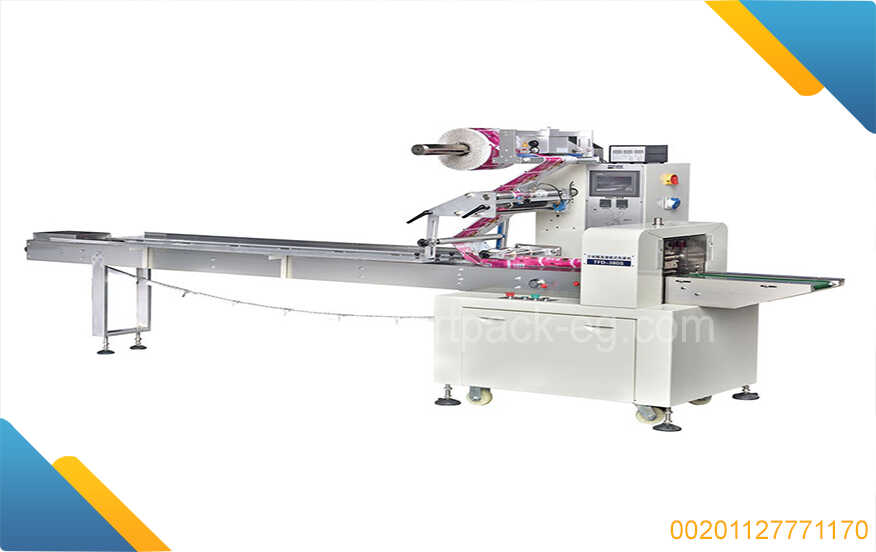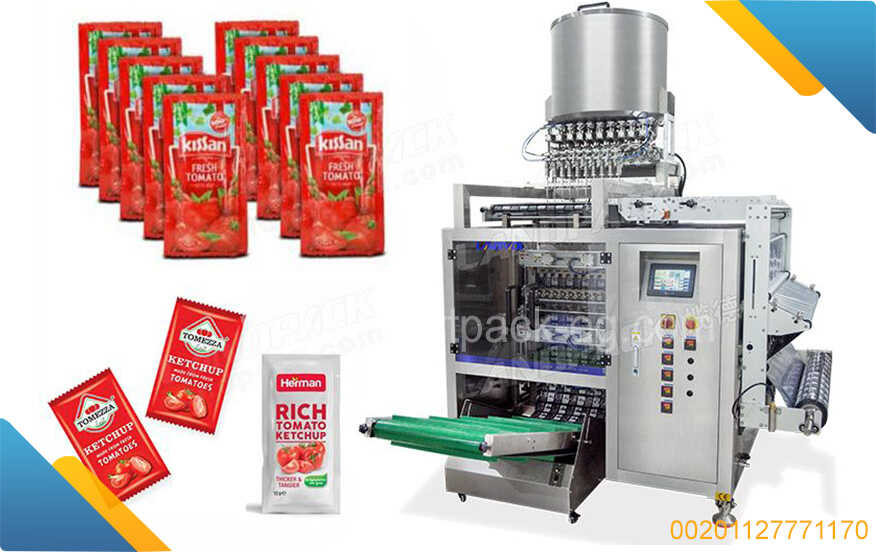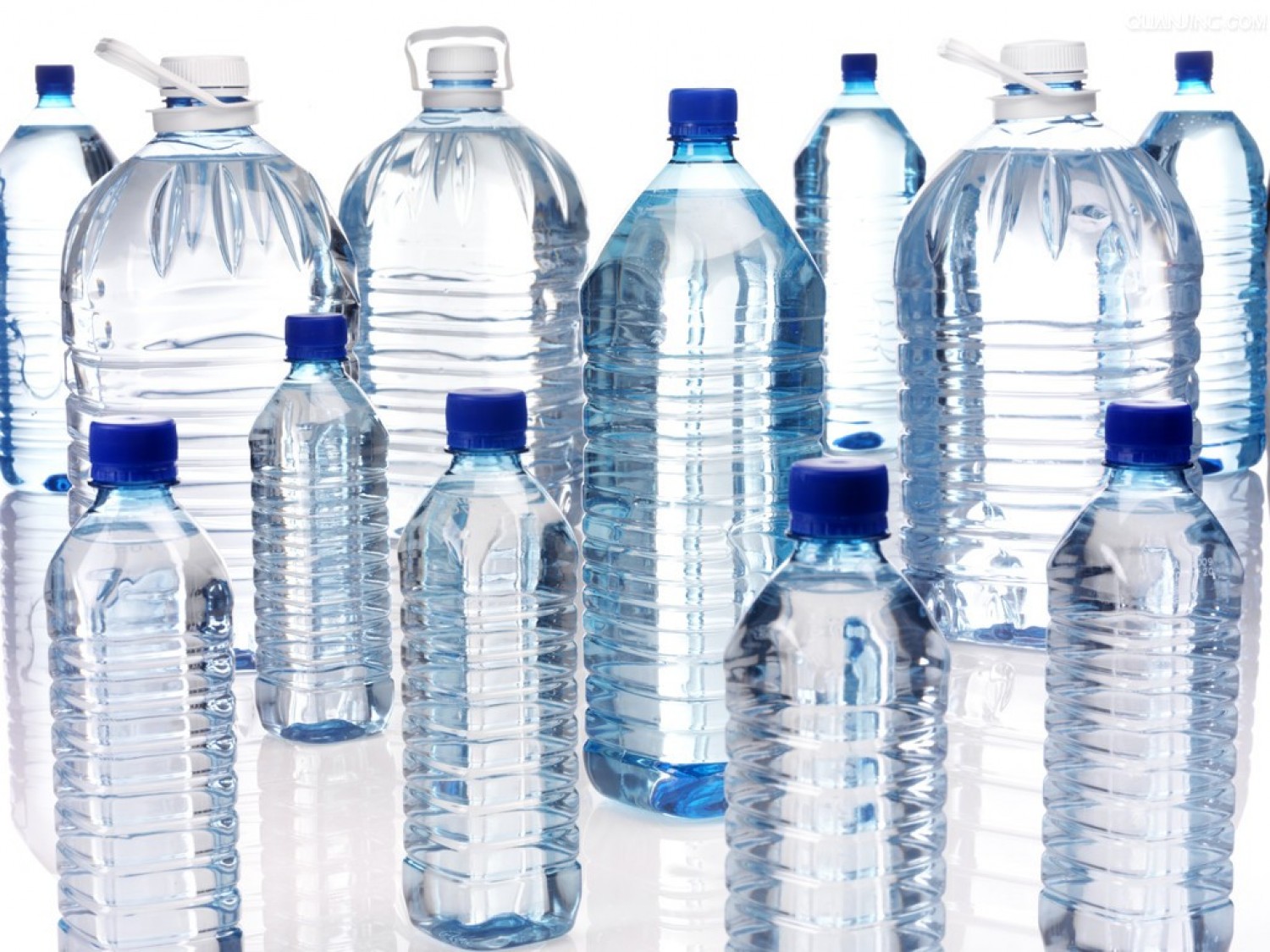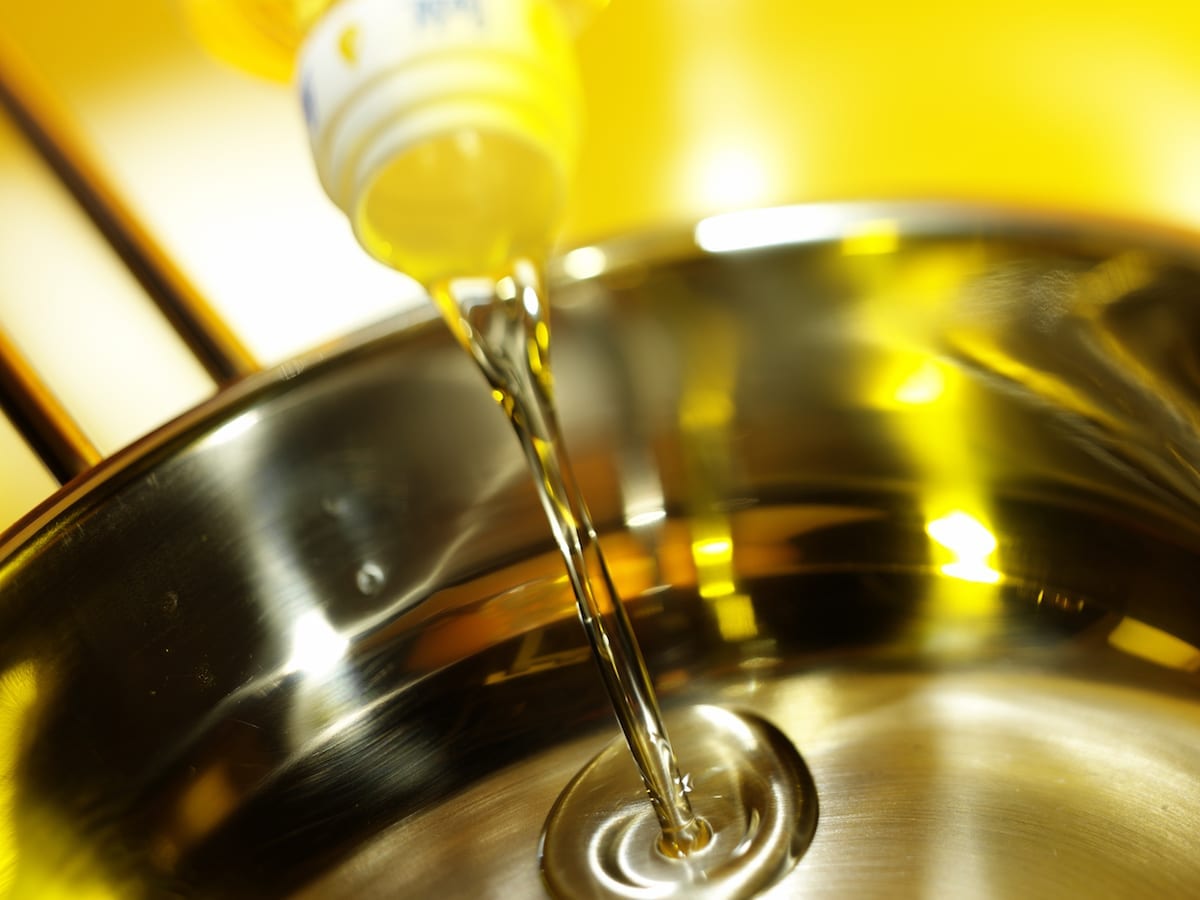How To Guide: Implementing a Line of Olive Oil Filling and Wrapping Machines in Egypt
Introduction:
Are you planning to set up a production line for olive oil filling and wrapping machines in Egypt? This How-To guide will provide you with step-by-step instructions to help you successfully implement your project. From planning to execution, we've got you covered.
Step 1: Research and Analysis
Before starting your project, conduct thorough research and analysis. Understand the current market demand for olive oil in Egypt, evaluate potential competitors, and identify the target audience for your products. This vital step will help you make informed decisions throughout the project's execution.
Step 2: Define Project Objectives and Scope
Clearly define the objectives and scope of your project. Determine the production capacity, machine types required, and the level of automation you aim to achieve. Consider factors such as product size, bottle materials, filling accuracy requirements, and the desired packaging options (e.g., bottles, pouches, or jars).
Step 3: Select Reliable Machine Suppliers
Identify reputable suppliers of olive oil filling and wrapping machines. Look for companies with a proven track record in manufacturing high-quality equipment, providing reliable after-sales services, and offering competitive pricing. Request quotes, request samples if possible, and evaluate their technical support capabilities.
Step 4: Designing the Production Layout
Work closely with the selected machine supplier to design an efficient production layout. Consider aspects such as workflow optimization, space utilization, ergonomics, and safety regulations. Seek their expertise in arranging the machines, conveyors, inspection stations, and packing areas in a logical sequence to ensure streamlined operations.
Step 5: Training and Skill Development
Invest in training sessions for your staff members who will operate the olive oil filling and wrapping machines. Engage the machine supplier to conduct hands-on training at your facility. Ensure your employees are well-versed in operating the machinery safely, troubleshooting common issues, and performing routine maintenance tasks.
Step 6: Installation and Testing
Once the machines arrive at your facility, engage professional technicians provided by the manufacturer or hire industry specialists for the installation and setup process. Conduct thorough testing to ensure the equipment is operating at optimal levels and meets the desired standards in terms of accuracy, speed, and product quality.
Step 7: Establish Quality Control Mechanisms
Implement a robust quality control system to ensure consistency in product quality. Regularly monitor the filling accuracy, packaging integrity, and adherence to hygiene standards. Set up inspection stations along the production line to identify and rectify any potential issues promptly.
Step 8: Packaging Material Procurement
Procure suitable packaging materials, such as bottles, labels, caps, and outer cartons, from reliable suppliers. Ensure they meet your desired specifications and align with the branding guidelines for your olive oil products. Maintain a steady inventory of these materials to avoid disruptions in production.
Step 9: Efficiency Analysis and Continuous Improvement
Regularly evaluate the efficiency of your production line by monitoring key performance indicators (KPIs) such as production output, machine uptime, and reject rates. Identify areas for improvement and implement necessary changes to enhance productivity, reduce waste, and optimize resource utilization.
Step 10: Marketing and Distribution Strategy
Develop a comprehensive marketing and distribution strategy for your olive oil products in Egypt. Leverage both offline and online channels to create brand awareness and reach your target customers effectively. Collaborate with local distributors, retailers, and e-commerce platforms to establish a strong market presence.
Conclusion:
Implementing a line of olive oil filling and wrapping machines in Egypt requires careful planning, reliable suppliers, rigorous testing, and continuous improvement. By following this step-by-step guide, you can successfully build an efficient production line that meets market demands and ensures the consistent quality of your olive oil products. Good luck!

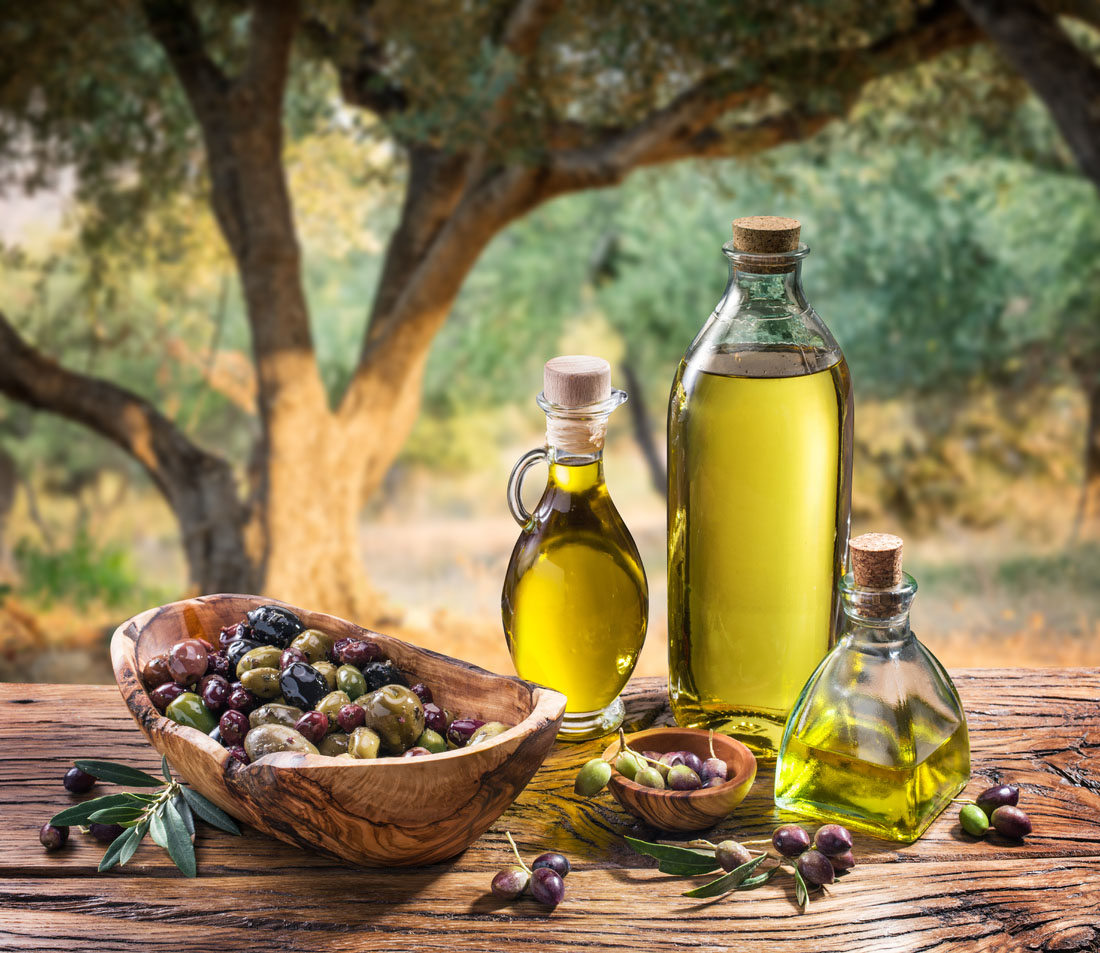
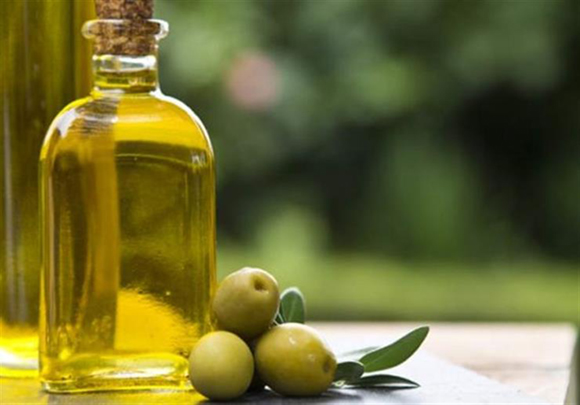
 Admin
Admin 